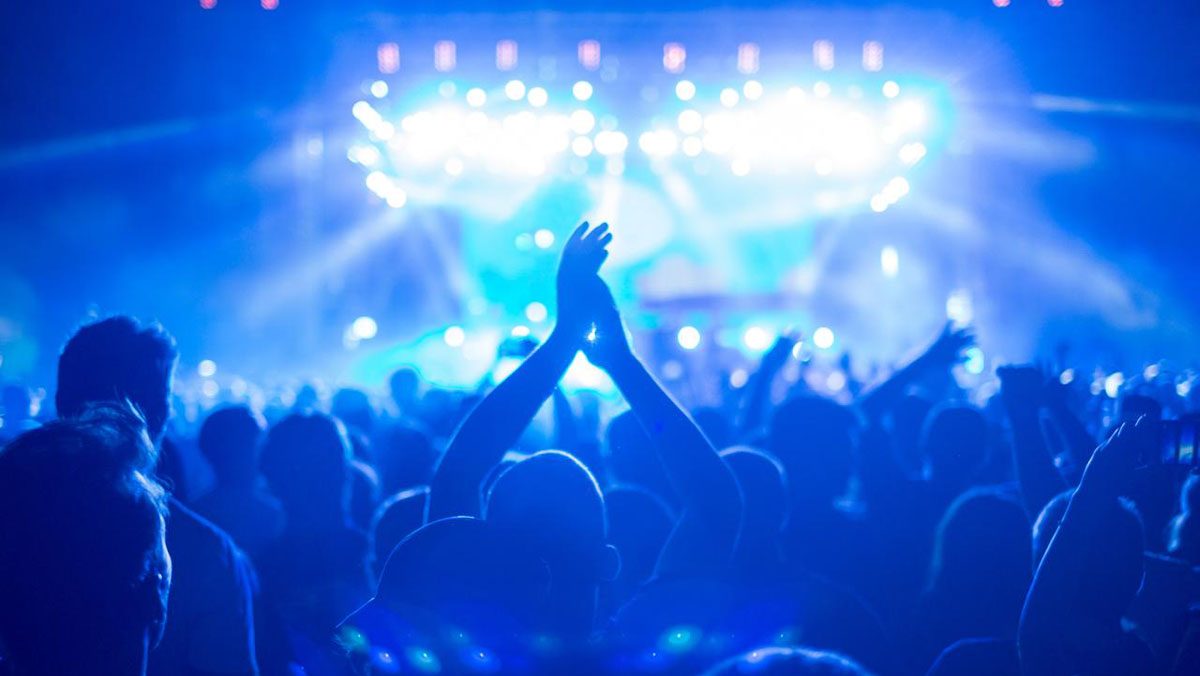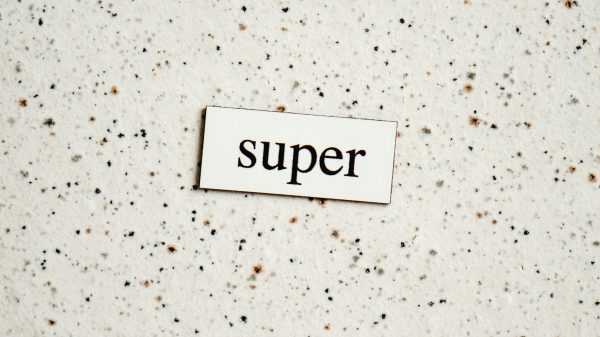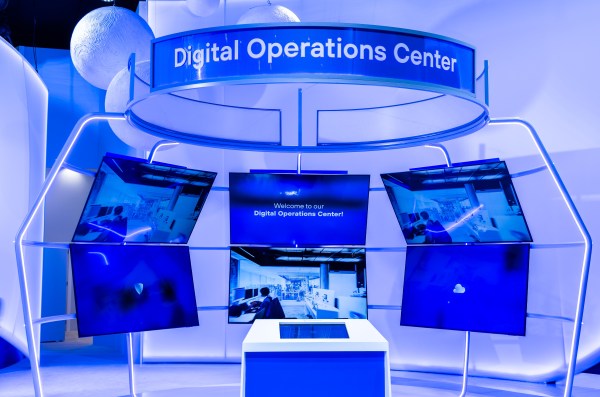Artificial intelligence is having a growing influence on our society and is increasingly dominating the debate on its use. AI has numerous applications in a wide range of fields and sectors, and music is no exception in the creative industry where this technology is being used.
How can we create music with artificial intelligence?
There are numerous applications for developing music creations with artificial intelligence, behind whose models, as we will see below, there is a complex web of code, algorithms and data.
Stable Audio
Stable Audio is a generative artificial intelligence system capable of writing music from scratch based on user requests: just describe what you want and the system will analyse the request and use its meaning to create the musical composition.
In the user guide you can see the details of the creative process, with four steps to follow:
- Adding details. Whatever you have in mind about what you want the song to be like, add it.
- Create mood. You can include details about the mood you want the song to be in, and you can use a combination of musical and emotional terms.
- Choose instruments. Not only does this allow you to set the instrument itself, but you can also add adjectives to the sound of the specific instrument.
- Set the rhythm. Allows you to set the speed of the melody to match the expected result of the composition.
AIVA
AIVA is another tool for the creation of artificial intelligence that allows to generate new songs in a few seconds with more than 150 different styles. It is aimed at both beginners who are just starting out in music creation with this technology and professionals.
Other features of this platform include a variety of presets and specific music formats, as well as the ability to modify existing tracks and edit soundtracks.
Soundful
Soundful is aimed at three types of users: producers, creators and brands. The creative process of this AI consists of choosing a genre, customising the inputs and creating the tracks, which can be repeated until the right track is found, thus generating unique music.
We have mentioned three platforms for creating music with artificial intelligence, but we could have chosen many more, so we invite you to look for other possibilities and find out which one is your favourite.
Technology behind AI music creation
As we have seen, AI has a growing use in the music world, both for creation and production, and even for the distribution process.
But what is necessary from a technological point of view for artificial intelligence to be able to compose?
To get a complete song it is necessary to compose a huge amount of sounds of different lengths and pitches, a task that could start with a reinforcement learning algorithm that would start by offering random pitches and lengths while a user would choose the ones he likes and dislikes.
Another alternative could be the use of genetic algorithms, in which case different melodies are presented for the user to select the ones he or she likes the most and thus originate the new generation.
In order to make this process fast, supervised algorithms combined with the use of knowledge transfer are used. Starting from music that has already been created and is to our liking, we can create new music that resembles the music we had previously.
If you are interested in learning more about the technological process behind music composition using artificial intelligence, don’t miss this post from the blog of our colleagues at Telefónica Tech.
Is it possible to tell the difference between music created by AI and music composed by humans?
While it is true that there is no magic formula to answer this question, the general consensus among experts is that a melody created by an artificial intelligence is indistinguishable from one composed by a human being.
To those who think that an automatic composition cannot reach the levels of passion or emotion of works made by human hands, the detractors of this thesis put the question back to them: Is the emotion in the song itself, or is it a subjective matter of the listener?
While they may not be strictly examples of the same style, some milestones in artificial intelligence and its potential against the human brain may give us clues about our capabilities (“our” assuming this is being written by a human and not a machine, though perhaps AI has come a long way in its relationship with irony and sarcasm and who knows…).
Deep Blue, AlphaGo or Libratus: AI vs humans
Back in 1997, the Deep Blue supercomputer beat the then world chess champion (the Russian Garry Kasparov), who in fact had been the best on the planet since 1985, when he represented the Soviet Union, a title he held until the year 2000.
Although it is true that a year earlier, in 1996, the chess player managed to beat Deep Blue in a historic event that came to be known as “man against machine”, in 1997 the IBM machine reached the milestone of beating man.
Another example can be found 19 years later, in 2016, when AlphaGo, an AI computer program developed by Google DeepMind, beat South Korea’s Lee Sedol, then the world’s second best player of the popular Asian game Go.
In fact, and although Sedol managed to achieve a victory against the machine, in 2019 he announced his retirement from professionalism because “the AI cannot be defeated”.
A final example was found in 2017, when an AI system developed by an American university called Libratus was able to beat four of the best professionals in a poker game.
Against a total of 120,000 hands – a very large number to try to neutralise the luck factor – the Carnegie Melon University-developed system beat Jason Les, Dong Kim, Daniel McAulay and Jimmy Chou one by one.
These three examples perfectly illustrate the level of sophistication of artificial intelligence compared to humans who are the best at what they do, making it hard to imagine being able to tell the difference between music composed by a machine and not…
Creative industry, copyright and artificial intelligence
Another interesting aspect when talking about music creation through artificial intelligence is the interaction of this AI with the creative industry, where music would be framed.
As Clara Ruipérez de Azcárate explains in an article on our website, there are two pillars on which the problems that impact on the target of copyright rest: learning and the created work.
Learning
AI is what it is because it learns how to do things, just like human beings. We must also consider that there is no such thing as an absolutely free and original artist, since people express themselves creatively through learning, experimentation and received cultural heritage.
Thus, artificial intelligence is no exception and needs to learn from other works in order to be able to create: without the data of these pre-existing creations, AI cannot develop its creative intelligence.
“Does the fact that these copyrighted predecessor works are used for “simple” machine learning justify their use without asking permission from their owners? This is where Ruipérez de Azcárate places the opening of the door to the legal debate.
Created work
Works created by AI “affect one of the basic guiding principles of copyright, unanimously recognised at international level: An artistic work can only be protected by intellectual property if it has been created by a human being”.
The use of AI in creative processes would not affect the protection of the resulting work under the copyright umbrella only if the AI has been used as a mere tool.
The problem arises when the AI creates something autonomously from the underlying information it has learned and without the determining intervention in the creative process of a physical person.
Faced with this reality, the author wonders whether an autonomous umbrella of protection should be created for these creations or whether an exception should be made to the basis of copyright and allow non-human creations to enter.
A debate that goes beyond the specific relationship between music and AI, as it deals with the creative industry in general and artificial intelligence, but which is also directly relevant to the topic we are discussing.














